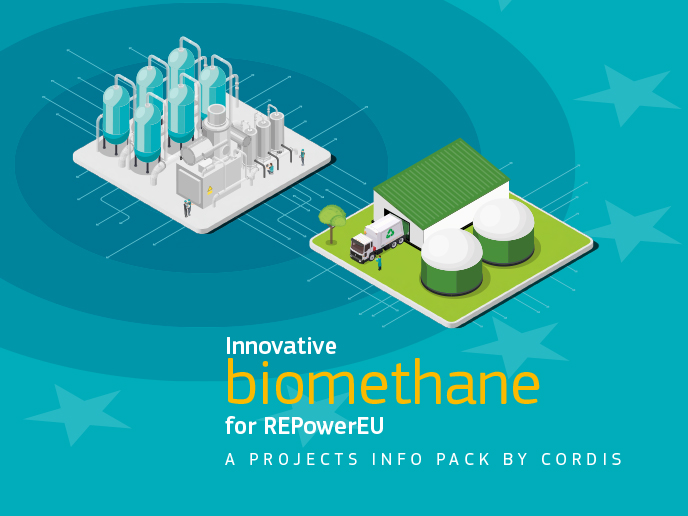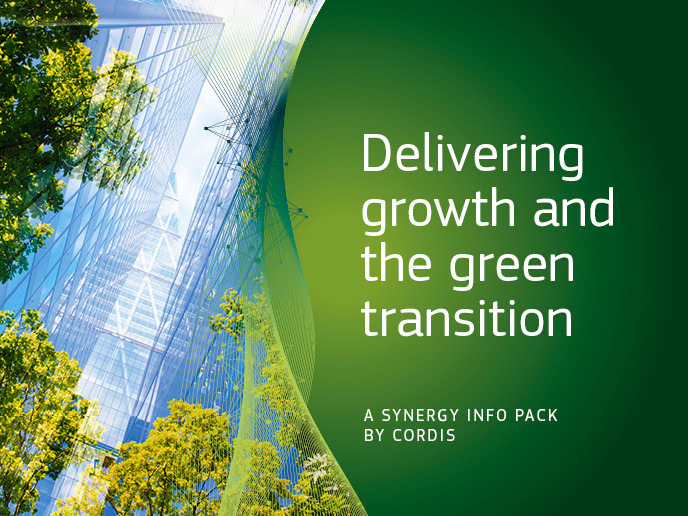Improving filter design
Currently, hot gas particle clean-up systems rely on ceramic candle filters and, less frequently, on smaller one-piece honeycomb filters. However, these technologies do not always ensure efficient and cost-effective hot gas particulate removal, with problems including mechanical failures resulting from ash particle bridging. Other problems that could be found in these technologies are material compatibility issues and thermal stability. While one-piece honeycomb filters exhibit high mechanical strength, they are infrequently constructed with diameters more than 500mm. Yet, by assembling many separate filter elements and enclosing them in a vessel or container - one large filter unit - a giant honeycomb structure was attained. This honeycomb structure then functioned in the same way as a one-piece honeycomb filter but with more efficient volume utilisation. In fact, the European consortium designed a compact hot gas particulate clean-up system by integrating three specially tailored advanced high temperature ceramic materials into the novel filter design. The three materials were Silicon Carbide, high strength Cordierite and Aluminum Titanate, while the filter design met specific goals. These goals included solving problems with current candle technology such as mechanical failure from ash bridging that leads to filter system breakdown. This breakdown then would result in expensive down time and service. In addition, other goals included enhancing filter thermal stability and material compatibility and design of a very compact unit. This goal was achieved by increasing the filter surface to volume ratio and decreasing the overall filter weight. Also, a high filtration efficiency and low pressure drop filter media was attained at a lower manufacturing cost. The consortium found that the design of tubes assembled into a giant honeycomb was effective and led to several advantages in filter design. There was no ash bridging in cold conditions between filter elements, while there were no thermal cracks over the structure. Also, mechanical stress was no longer transferred to other elements and large- scale manufacturing was feasible. Filter size could also meet customer demand and specifications, which made the system flexible. In essence, this compact hot-gas filter met the consortium's goals, while the three ceramic materials were developed, tested, refined and evaluated. The advantages with this system could make it widely marketable to power stations, industrial plants and waste incineration plants.







